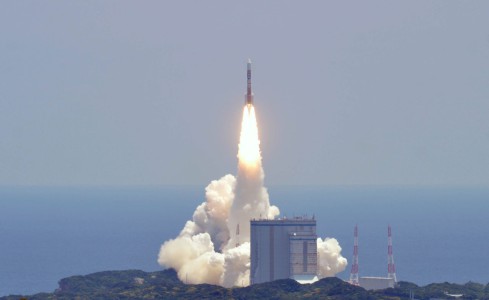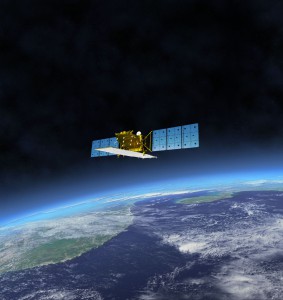陸域観測技術衛星「だいち2号」は、従来的な光学カメラとは異なり、合成開口レーダと呼ばれる装置で地表を撮影する。これは衛星自身が地上へ向けて電波を発し、地上で反射した電波をまた同じ衛星で受信し、その受信波で地表を可視化するものであることから、光源として太陽を必要としない。また、雲に覆われていても電波が透過し、いかなる天候でも地上を撮影する。開発はJAXAの筑波宇宙センターが主導し、打上げは種子島宇宙センターから行われた。この2地域(つくば市、種子島)は、いずれも《だいちの星座》の開催地となった。
Unlike the conventional optical cameras of previous satellites, the Daichi 2 (ALOS-2) satellite captures ground surface images using the Synthetic Aperture Radar sensor. This sensor aids the satellite in radiating radio waves, receiving reflected waves from the ground, and visualizing the ground surface using the received wave. Thus, the sun is not required as a light source. These radio waves can penetrate thick clouds and image the ground surface under any weather conditions. The satellite was developed at the Tsukuba Space Center and later launched from the Tanegashima Space Center. The cities where these space centers are located (Tsukuba City and Tanegashima Island, respectively) later became the locations for the Constellation of the Earth project.





Comments are closed